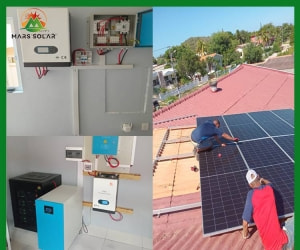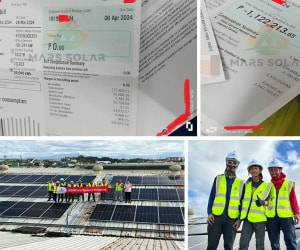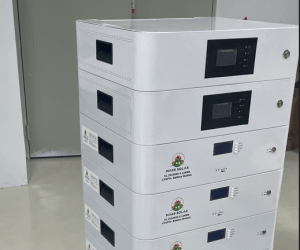India's coal-fired power generation is increasingly being squeezed out of the market by cheaper renewable energy sources such as solar energy, and India's coal industry is in trouble. The cause of the problems encountered by Indian coal power is mainly economic, not policy. Off grid solar power systems energy can be provided in the power purchase agreement at Rs. 3 (4.2 cents) per kWh, while existing coal-fired plants generate electricity at Rs. 4 per kWh and new coal power plants Between 5 and 6 rupees per kWh.
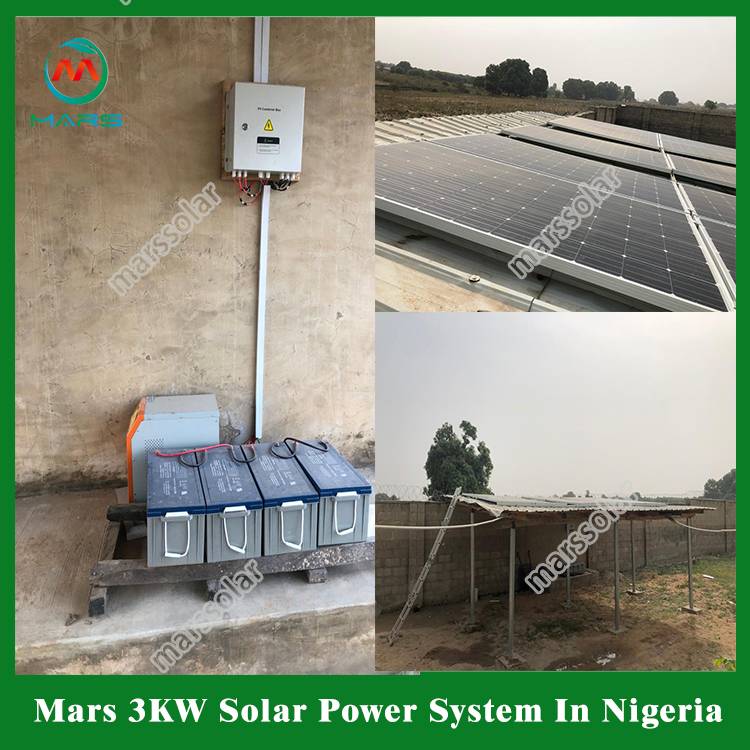
Because renewable energy has lower operating costs, it will also squeeze coal power's market share in operations. Therefore, the current utilization rate of coal power units in India is about 52% -55%, which is far lower than the economically reasonable level at the time of design. According to data compiled by the Global Energy Monitor, India's new coal-fired power generation in the 7 years from 2010 to 2016 was 106 GW, with an average of 15.2 GW per year. Since then, the growth rate of coal power installations has slowed down, increasing by 8.9 gigawatts in 2017, 8.4 gigawatts in 2018, and 8.2 gigawatts in 2019.
Although India still has about 36 GW of coal-fired generating units under construction, it will be put into operation within the next 10 years, and the new generation may drop below 5 GW per year. It is worth noting that the vast majority of coal-fired units under construction are constructed by the state-owned power generation company NTPC, funded by state-owned banks, and the private sector has withdrawn from new coal-fired power generation investments.

Of course, it is certain that the surge in renewable energy does not mean that Indian coal is dying. Even optimistic forecasts for renewable energy sources indicate that coal power generation will still account for about half of India's power generation by 2030.
-
 Solar PV System Expansion: Compatibility, Efficiency & Implementation Guide1. Background and Necessity Early-installed PV systems generally fail to meet the growing energy demands of modern households and enterprises. Compared with replacing the entire system, expansion is a more economical option—but the core question
Solar PV System Expansion: Compatibility, Efficiency & Implementation Guide1. Background and Necessity Early-installed PV systems generally fail to meet the growing energy demands of modern households and enterprises. Compared with replacing the entire system, expansion is a more economical option—but the core questionDo you like ?0
Read more -
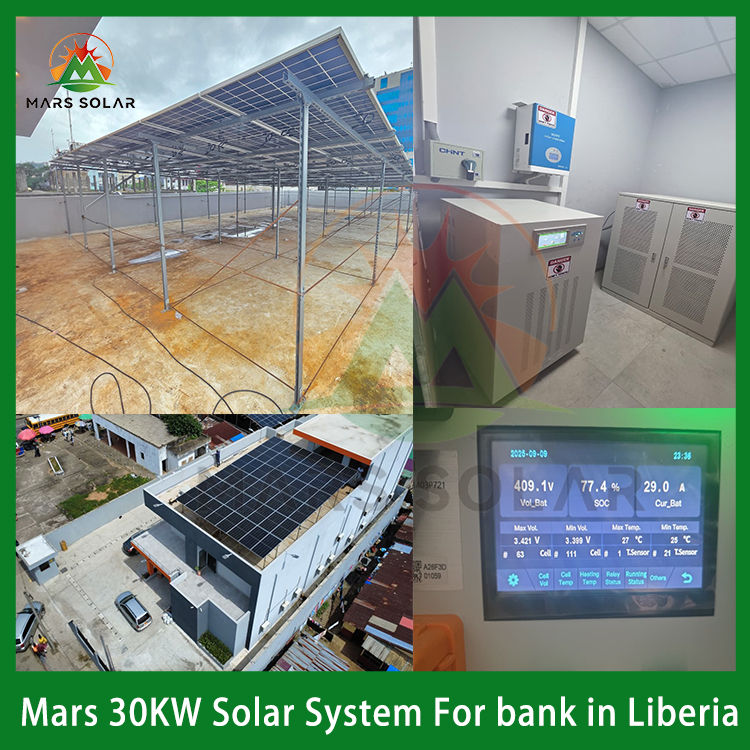 Customized Off-Grid Solar System for a Liberian Bank: Achieving Power IndependenWhen Banks Face the Challenge of "Grid Power Outages and Voltage Fluctuations": A Real-World Solution from Liberia In scenarios where the power grid is unstable and manual intervention is difficult, how to ensure the 24/7 stable operation
Customized Off-Grid Solar System for a Liberian Bank: Achieving Power IndependenWhen Banks Face the Challenge of "Grid Power Outages and Voltage Fluctuations": A Real-World Solution from Liberia In scenarios where the power grid is unstable and manual intervention is difficult, how to ensure the 24/7 stable operationDo you like ?0
Read more -
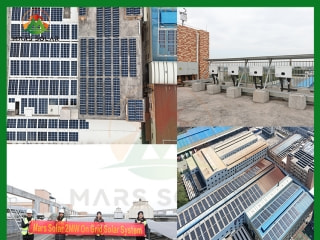 2MW Solar Panel System For Factory2MW mars solar grid-tied solar panel system for factory have designed, produced, and installed in a factory.How does Mars Solar build such a solar panel system for factory? 1. Data collection Before designing the plan, the factory owner vi
2MW Solar Panel System For Factory2MW mars solar grid-tied solar panel system for factory have designed, produced, and installed in a factory.How does Mars Solar build such a solar panel system for factory? 1. Data collection Before designing the plan, the factory owner viDo you like ?0
Read more -
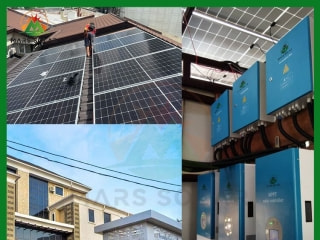 100KW Solar For Hotels And Resorts In NigeriaIn December 2024, the Mars Solar 100KW Nigeria solar for hotels and resorts project was successfully completed. In May 2024, the customer contacted Mars solar and had a series of communications on the solar for hotels and resorts project. The d
100KW Solar For Hotels And Resorts In NigeriaIn December 2024, the Mars Solar 100KW Nigeria solar for hotels and resorts project was successfully completed. In May 2024, the customer contacted Mars solar and had a series of communications on the solar for hotels and resorts project. The dDo you like ?0
Read more -
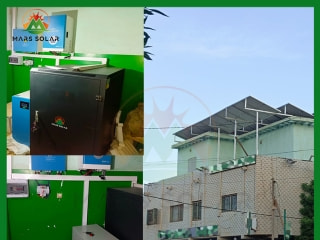 Reliable Energy Solutions for a Mali Pharmacy: 15KW Solar System Success StoryIn the heart of Mali, reliable electricity is a significant challenge, with power coming on for just 2 hours and then cutting off for 4 hours multiple times a day. This erratic power supply is particularly problematic for businesses that depend on consist
Reliable Energy Solutions for a Mali Pharmacy: 15KW Solar System Success StoryIn the heart of Mali, reliable electricity is a significant challenge, with power coming on for just 2 hours and then cutting off for 4 hours multiple times a day. This erratic power supply is particularly problematic for businesses that depend on consistDo you like ?0
Read more -
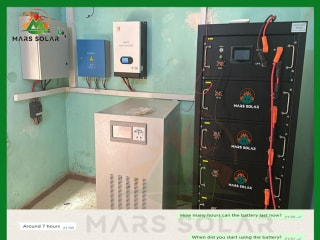 Harnessing the Sun: A Sustainable Solution for Abou's Family in MaliIn the heart of Mali, families like Abou's face daily challenges with electricity access, enduring power outages that can last up to 12 hours. To combat this, Abou relies heavily on a diesel generator to power his home, which includes essential applia
Harnessing the Sun: A Sustainable Solution for Abou's Family in MaliIn the heart of Mali, families like Abou's face daily challenges with electricity access, enduring power outages that can last up to 12 hours. To combat this, Abou relies heavily on a diesel generator to power his home, which includes essential appliaDo you like ?0
Read more

